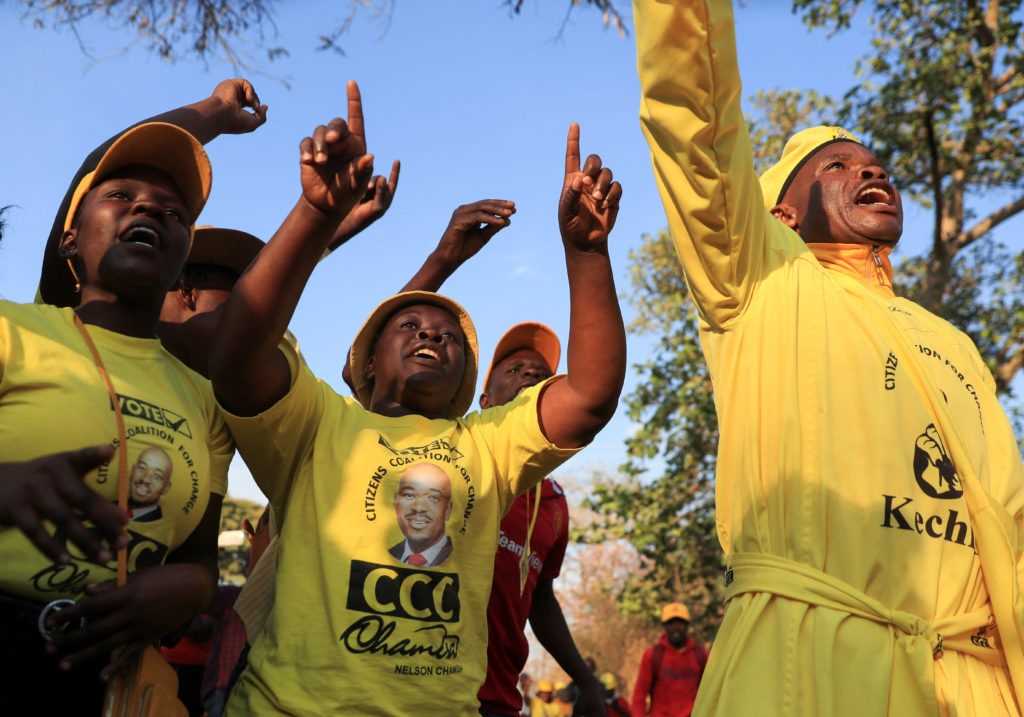
Oscar J Jeke- Zim Now Reporter
For over two decades, Zimbabwe’s opposition has been defined as much by personalities as by policies. In recent years, that personality has been Nelson Chamisa, a figure whose presence has repeatedly marked the difference between a competitive challenge to ZANU-PF and outright electoral collapse.
The events of the past year, culminating in Chamisa’s resignation from the Citizens Coalition for Change, have exposed the fragility of an opposition movement built around one man. The consequences of his absence are now unfolding in real time.
Chamisa’s track record in national contests is telling. In 2013, before he assumed leadership, Morgan Tsvangirai’s MDC-T was routed — winning just 49 parliamentary seats against ZANU-PF’s 160, and losing the presidency by nearly 30 percentage points.
Contrast that with 2018: as leader of the MDC Alliance, Chamisa secured 45.07% of the presidential vote against Emmerson Mnangagwa’s official 51.44% — the closest an opposition leader had come since 2008 — while his party claimed 88 National Assembly seats, up from 72.
The ruling party’s majority was dented, and for a moment, the idea of an opposition victory felt possible.
In 2022, just months after rebranding to CCC and losing the MDC name in court, Chamisa’s party swept 19 of 28 parliamentary by-elections — a clear rebuke to rivals like Douglas Mwonzora’s MDC-T, which failed to win a single seat.
That same charisma carried into the 2023 general election, where Chamisa again drew 44% of the presidential vote and 103 parliamentary seats (including proportional representation).
Even amid widespread reports of voter suppression, ballot delays in Harare, and arrests of election monitors, the opposition remained competitive, especially in urban centres.
The pattern is hard to ignore: with Chamisa in command, the opposition rallies crowds, closes margins, and turns by-elections into symbolic victories.
The flipside is equally stark. In January 2024, citing “infiltration” and a party hijack by ZANU-PF-linked actors like Sengezo Tshabangu, Chamisa quit CCC entirely. Analysts such as Alexander Rusero argued this was less about infiltration and more about Chamisa losing control — the inevitable outcome of running a “structureless” party that revolved almost entirely around him.
The aftermath has been brutal. CCC skipped critical by-elections, ceding ground to ZANU-PF. In the Epworth Ward 6 by-election, ZANU-PF’s Civilised Bushe won with 3,022 votes, MDC-T’s Alice Nyahunzvi managed just 120, and CCC, now under Tshabangu, did not even contest.
The absence of Zimbabwe’s main opposition in such a race would have been unthinkable under Chamisa.
Related Stories
Douglas Mwonzora has sounded the alarm, warning that “continued fragmentation… risks transforming the nation into a mono-state.” His call for unity — “bury the hatchet… there is no winner in a losing team” — reflects a growing fear that without Chamisa, the opposition is too fractured to mount a credible challenge.
Not everyone agrees with Mwonzora’s framing. Political commentator Sabastian Mukonza dismisses such appeals as opportunistic, saying,
“They want to get back to parliament, and they know @nelsonchamisa is their only gateway to that paradise.” Former MP Charlton Hwende counters that it is the people, not Chamisa, who are the real gateway: “All the MPs you see in Parliament, save for a few, have worked very hard… I personally used over $50,000 and registered over 6,000 new voters in Kuwadzana East…”
Yet the electoral record suggests that while grassroots work is essential, it has not translated into large-scale victories without Chamisa’s national profile at the forefront.
Chamisa’s departure did not occur in a vacuum. ZANU-PF has long perfected a strategy of controlled reform, allowing minor electoral adjustments while ensuring the system remains stacked in its favour.
In peri-urban areas and informal mining hubs, it mixes coercion with material rewards — from food hampers to EcoCash payments, as seen in Epworth. Threats, like warning residents that voting MDC would result in the destruction of 16,000 houses, keep dissent in check.
In this environment, a divided opposition isn’t just weakened — it is neutralised. Without Chamisa’s brand cohesion, CCC has become vulnerable to legal takeovers, recalls, and infiltration.
The structural void he leaves behind is exactly what ZANU-PF’s machinery exploits to entrench dominance.
If the trajectory continues — fragmented parties, no unifying figure, tactical boycotts of winnable seats — Zimbabwe edges closer to Mwonzora’s “mono-state” warning. ZANU-PF does not need to crush a united movement if that movement implodes on its own.
The irony is sharp: Chamisa’s centrality has kept the opposition relevant, yet his style of leadership — centralised, personality-driven, and lacking institutional depth — has made it incapable of surviving his absence.
The “No Chamisa, No Party” refrain is not just political banter; it is, for now, an observable reality.
Rebuilding will require institutional depth through constitutions, congresses, and clear leadership processes that outlive any one man, along with strategic unity that is built not only against ZANU-PF but around a coherent policy vision and power-sharing framework.
Chamisa may yet return with a new political vehicle — rumours point to a blue-branded party — but unless it is underpinned by lasting structures, Zimbabwe’s opposition risks repeating the same cycle: surging with Chamisa, collapsing without him. Until that changes, the scoreboard will keep showing the same result: ZANU-PF in government, and the opposition losing even the races it does not bother to contest.
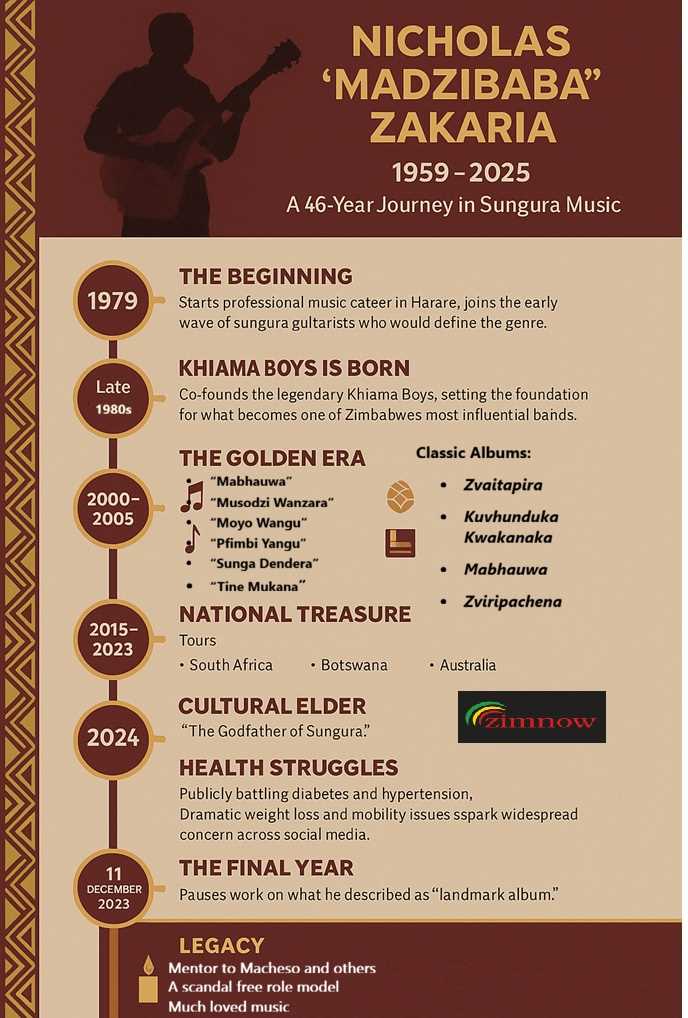


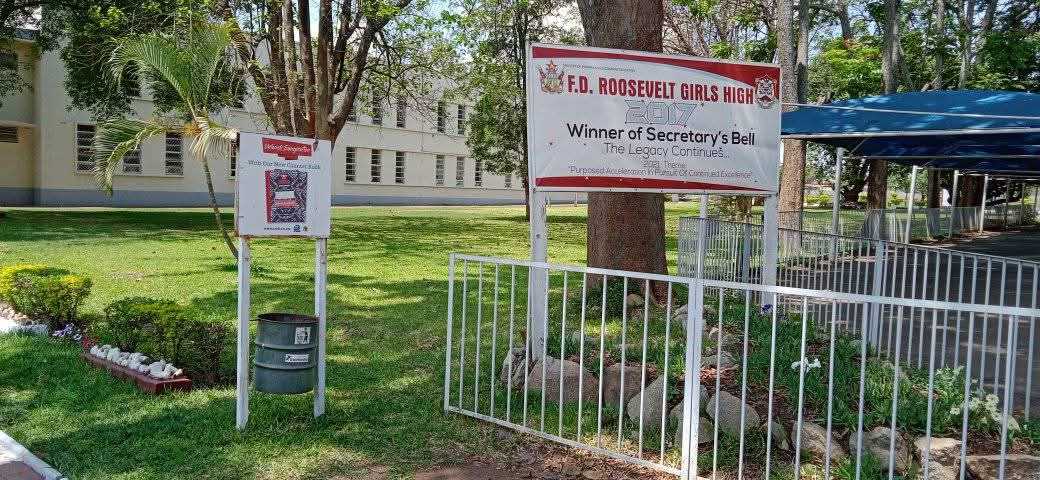



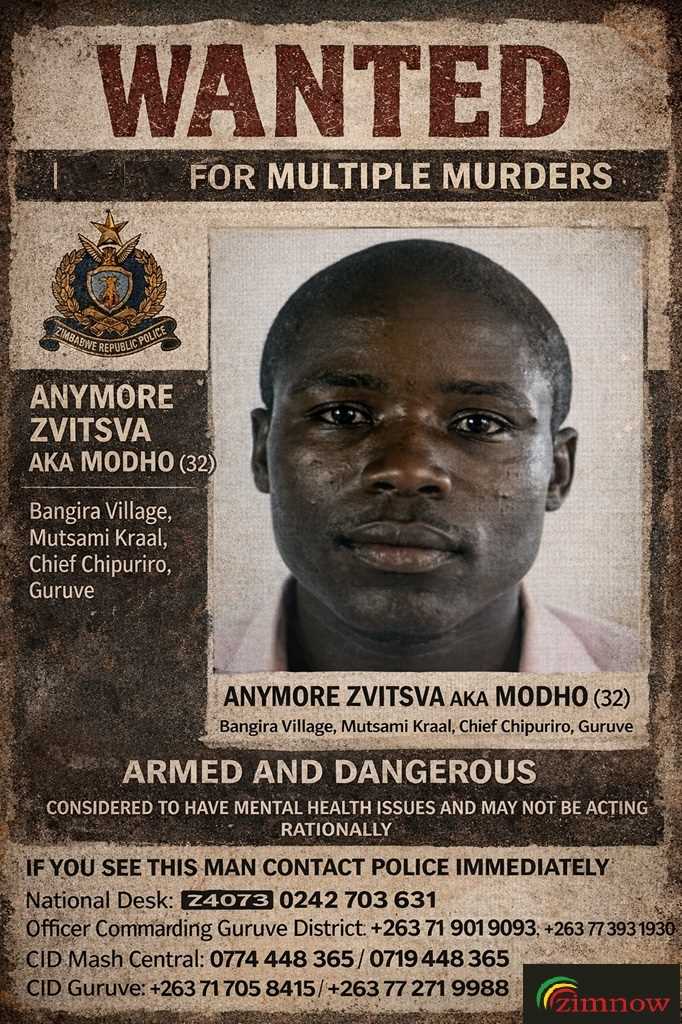



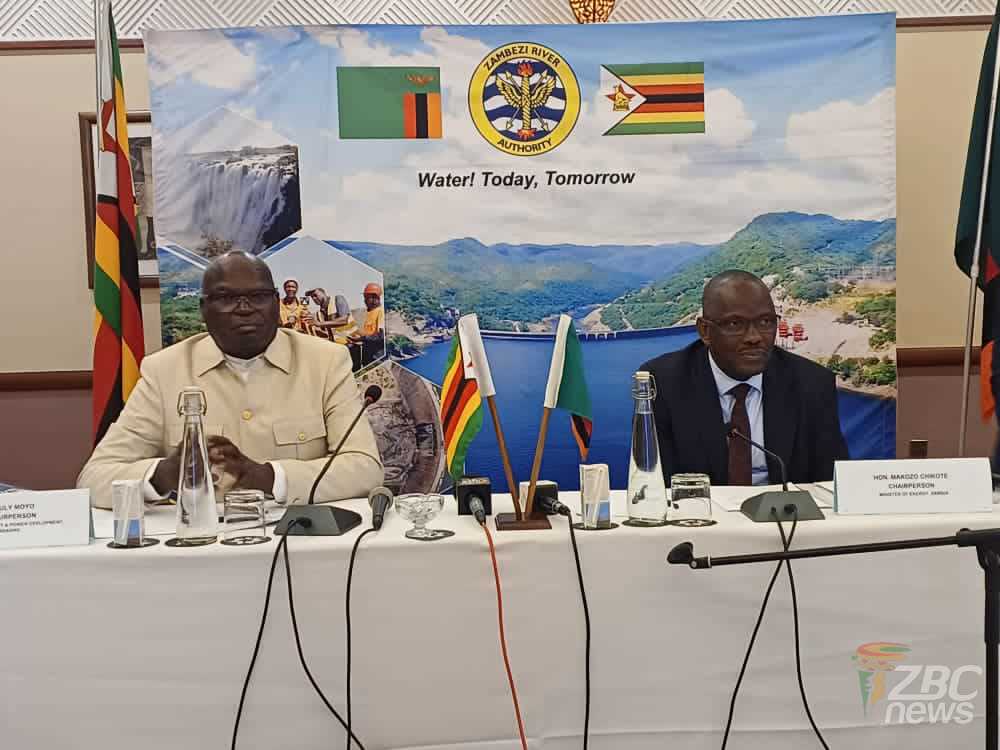


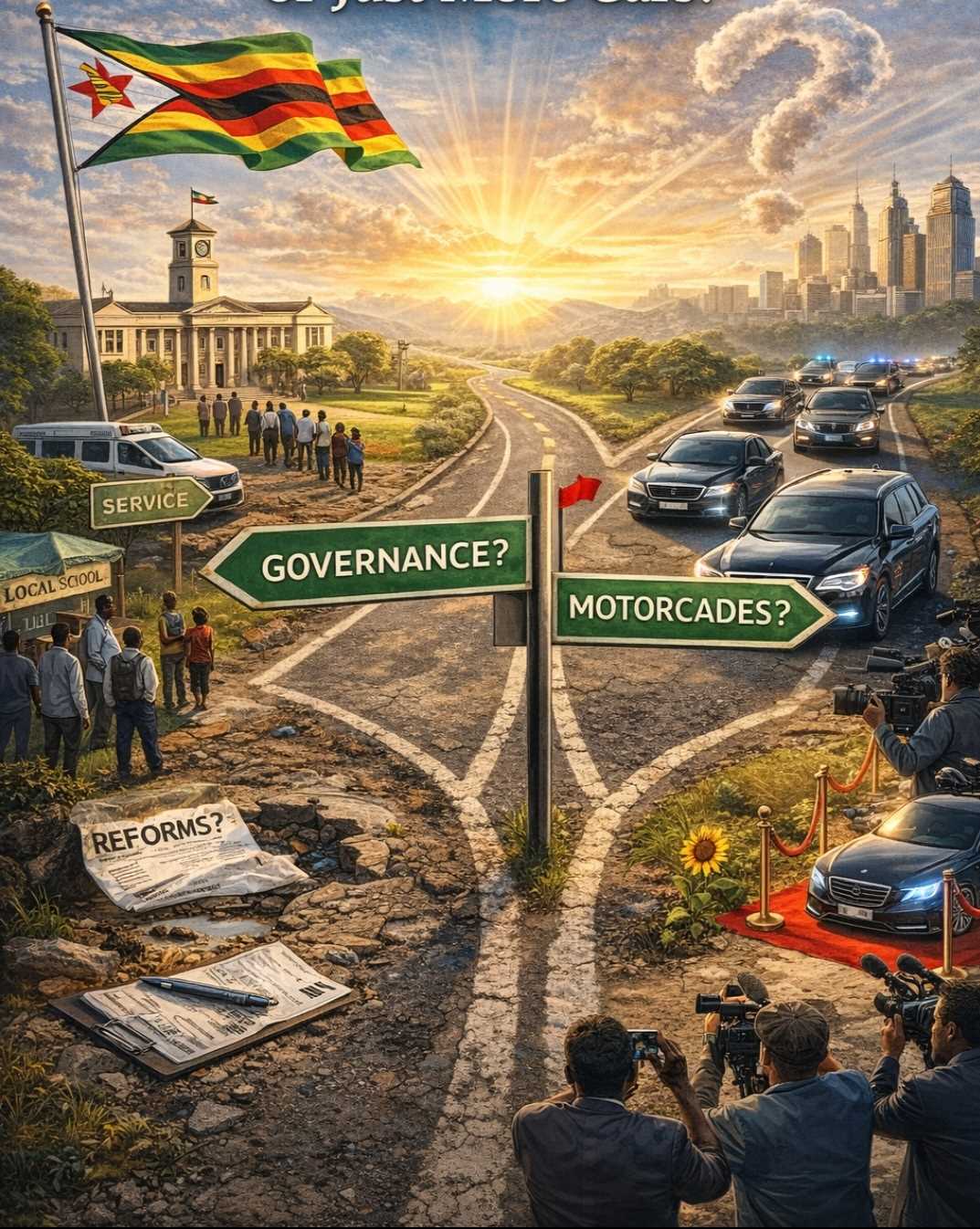





Leave Comments